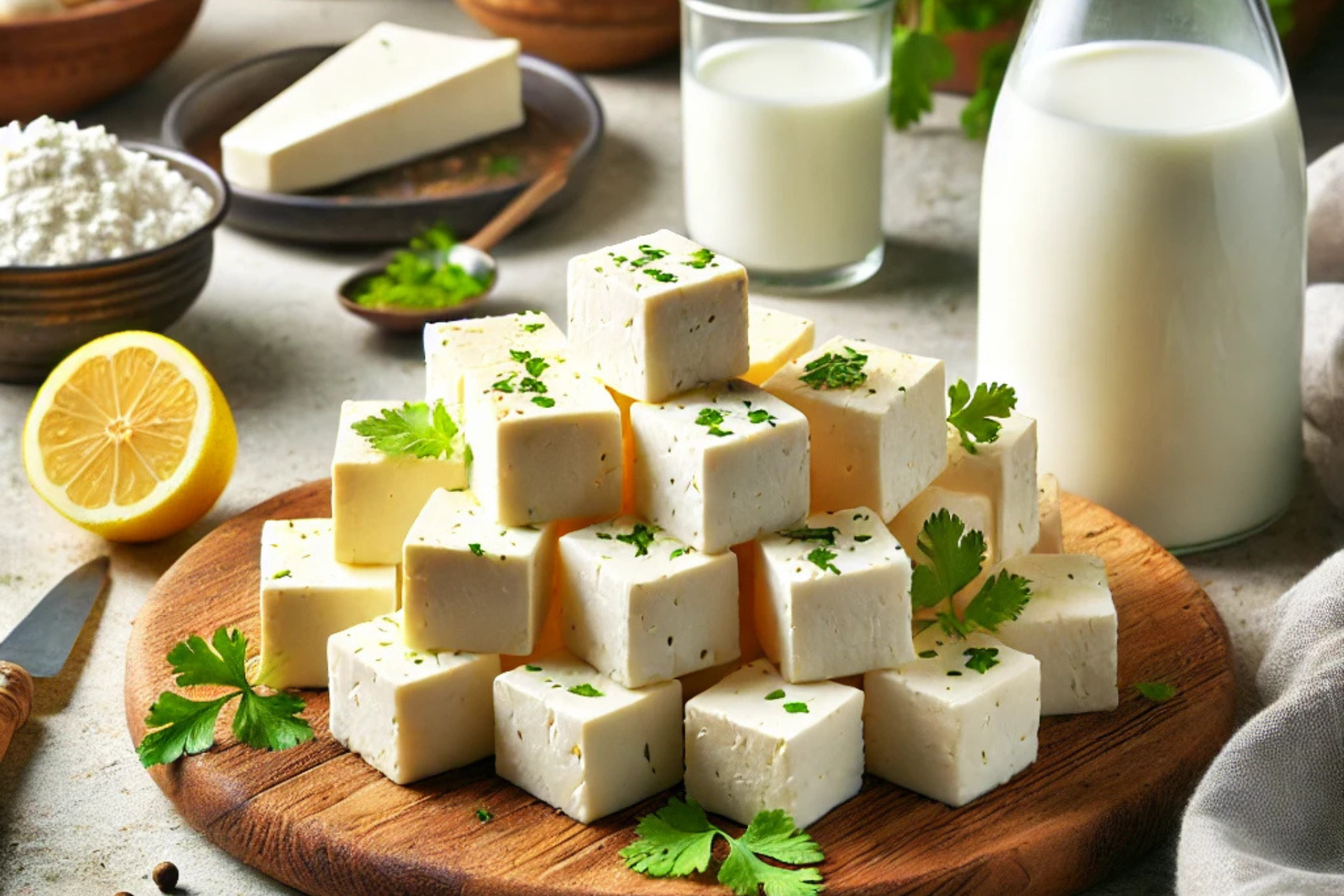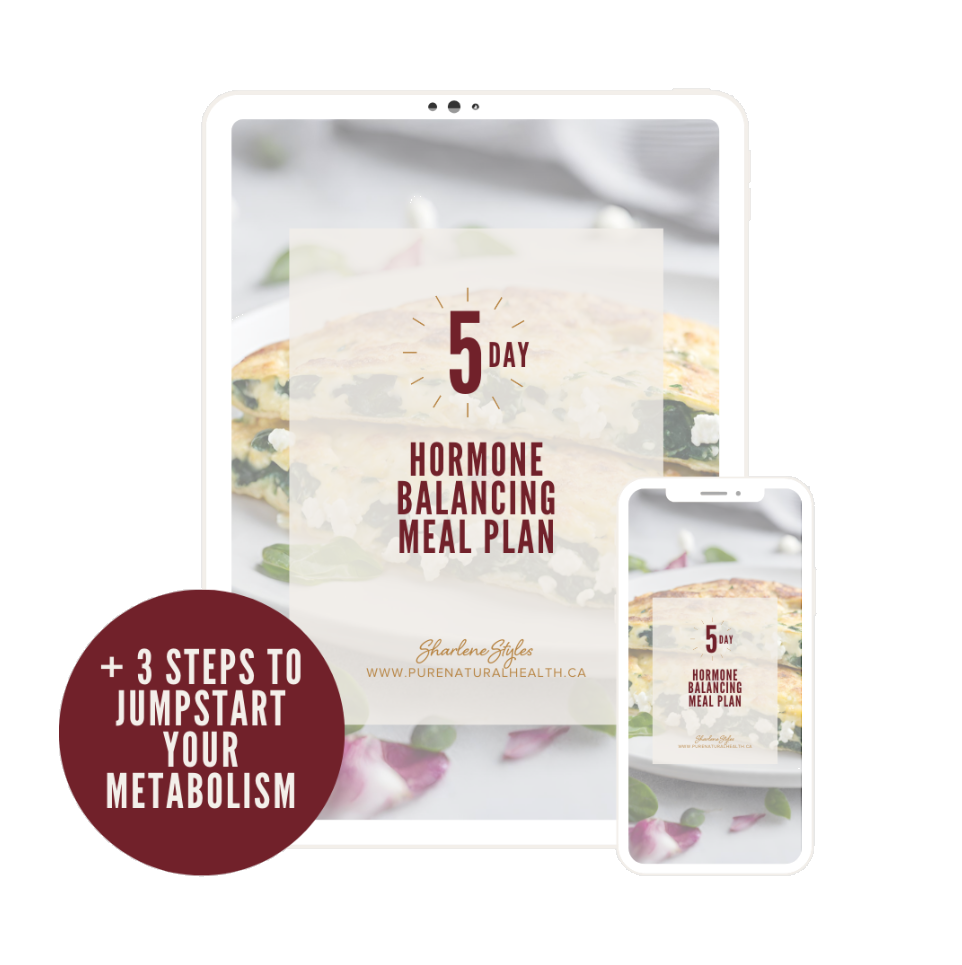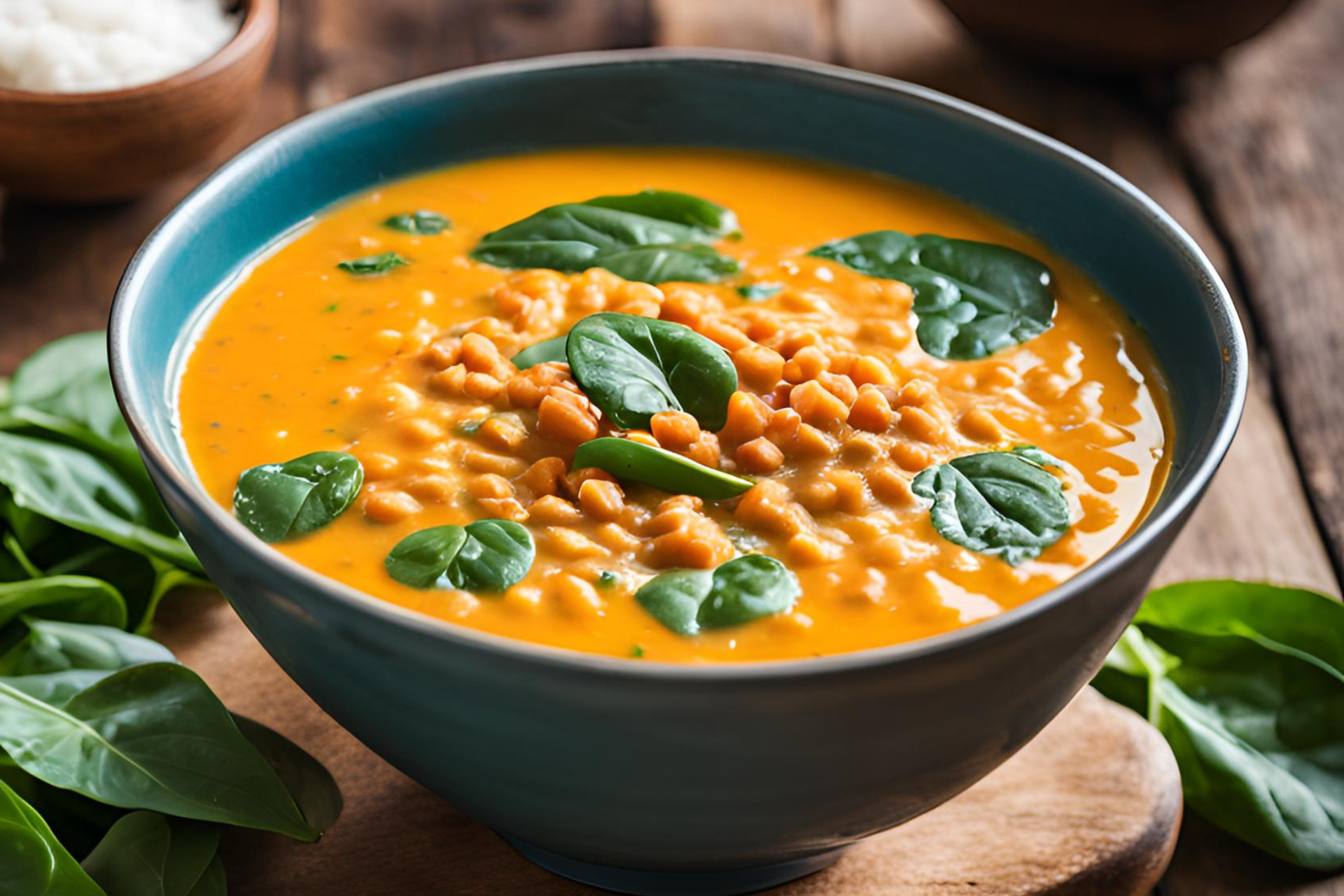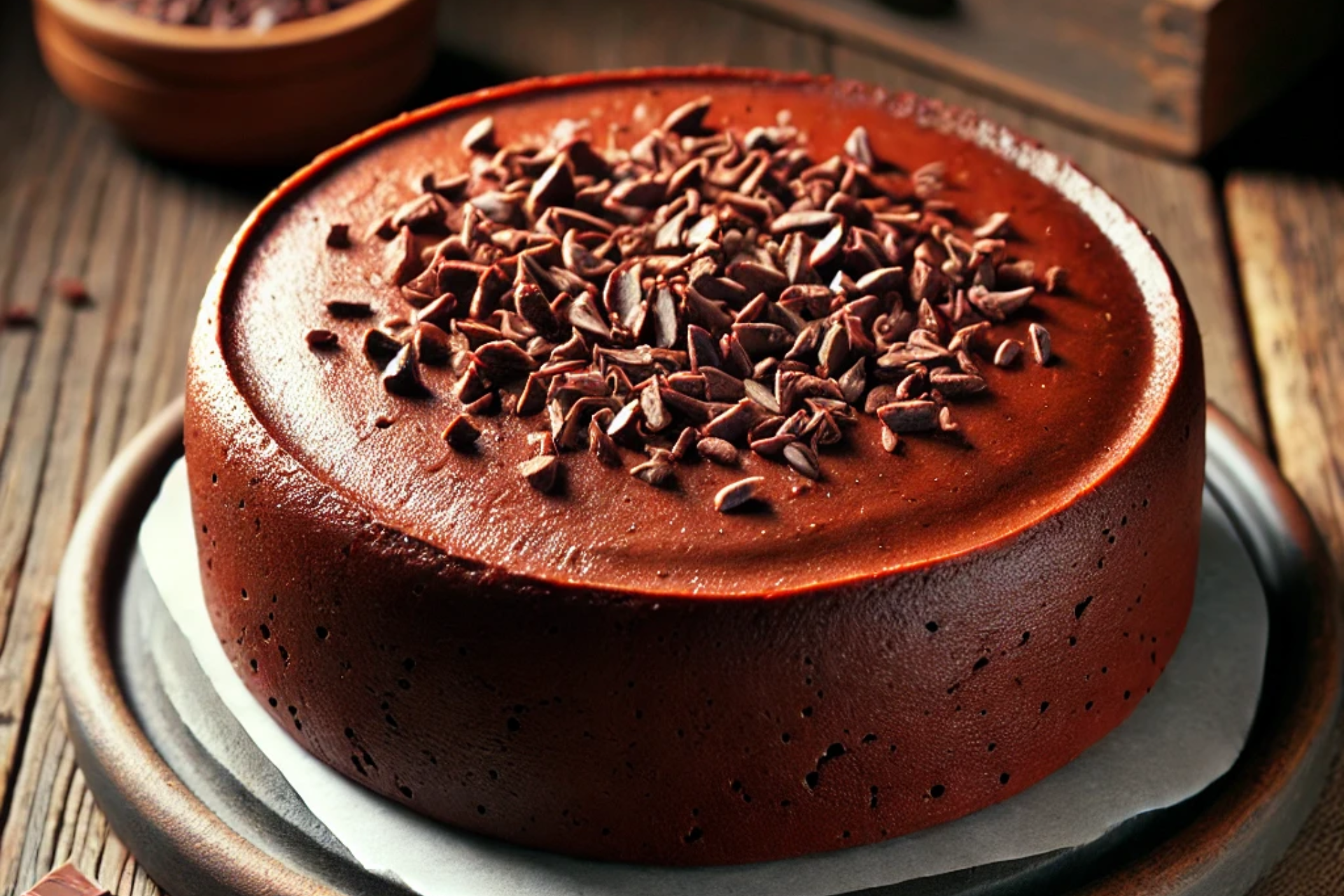Paneer is a soft, fresh cheese from India, known for its versatility and mild, creamy flavor. It’s a great source of protein and calcium, perfect for adding to vegetarian meals. Unlike other cheeses, paneer doesn’t melt, so it’s ideal for grilling, sautéing, or cubing into dishes like curries, salads, or wraps. Its mild taste absorbs spices and sauces beautifully, making it great for experimenting in the kitchen.
I’ll admit, I used to avoid dairy, but after working with clients and understanding their unique nutrient needs, I’ve found that quality dairy can be beneficial for many. Paneer quickly became one of my favorites because it’s packed with protein and calcium—essential for those looking to boost nutrient intake without meat.
I understand some of you might be cautious about dairy, whether due to lactose intolerance, digestive issues, or personal preferences. Don’t worry! Paneer is low in lactose, and I’ll share plant-based alternatives like tofu that work just as well.
Why Paneer?
- Rich in Protein: Paneer is an excellent source of high-quality protein, which is especially important for midlife women who want to maintain muscle mass, support metabolism, and keep energy levels steady.
- Low in Lactose: Many people who are lactose intolerant can still enjoy paneer because it contains very low levels of lactose. The process of making paneer involves curdling the milk, which reduces much of the lactose content.
- Healthy Fats: Paneer provides a moderate amount of healthy fats, which help you feel satisfied and contribute to hormone production—important for midlife women experiencing hormonal shifts.
Addressing Dairy Concerns: If you’re concerned about consuming dairy, here’s what you should know about choosing the right kind of milk:
- Go for Organic or Grass-Fed Milk: These options are often higher in nutrients like omega-3 fatty acids and CLA (conjugated linoleic acid), both of which support overall health. They are also free from antibiotics and hormones that you may wish to avoid.
- A Whole-Food Approach: Paneer, when made at home, is minimally processed and contains no additives or preservatives. This makes it a more wholesome choice compared to many store-bought dairy products.
Plant-Based Option: For those who are avoiding dairy altogether, you can still make a “paneer-like” substitute using tofu. Firm tofu has a similar texture and can be swapped in for paneer in most recipes, especially when marinated for added flavor. Tofu also provides a good amount of protein, calcium, and iron, making it a great plant-based alternative.
Homemade Organic Paneer Recipe
What you need
- 4 cups organic whole milk (preferably grass-fed)
- 2 tablespoons fresh lemon juice or apple cider vinegar
- Optional: pinch of salt or herbs for seasoning
What you do
- Boil the Milk: In a large pot, bring the organic milk to a gentle boil over medium heat. Stir occasionally to prevent it from burning on the bottom.
- Curdle the Milk: Once the milk starts to boil, reduce the heat and add the lemon juice or vinegar, one tablespoon at a time, stirring gently. You will see the milk curdle and separate into curds (the paneer) and whey. If needed, add a bit more lemon juice or vinegar until the separation is complete.
- Strain the Paneer: Turn off the heat and let it sit for a few minutes. Then, pour the mixture through a cheesecloth-lined strainer to separate the curds from the whey. Rinse the curds under cold water to remove any sourness from the lemon or vinegar.
- Press the Paneer: Gather the cheesecloth and twist it to squeeze out as much liquid as possible. You can tie the cheesecloth and hang it for about 30 minutes to drain further. For a firmer paneer, place it under a heavy object (like a pot filled with water) for another 1-2 hours.
- Cube and Serve: Once firm, cut the paneer into cubes and use it in your favorite dishes—curries, salads, or even grilled for a quick protein-packed snack!
Why Make Paneer at Home?
Homemade paneer is fresh, preservative-free, and so easy to customize. Plus, when you make it yourself, you know exactly what’s going into it, and you can experiment with herbs and spices to make it your own. It’s also satisfying to create something from scratch that can be used in so many different ways!
How to Use Paneer:
Paneer works wonderfully in a classic Saag Paneer, tossed in a vibrant salad, or even pan-fried with a bit of oil and spices with some veggies for a variation of traditional stirfry. It can also be a satisfying addition to wraps, poke bowls, or served alongside roasted veggies for a nutrient-packed meal. It’s a great way to increase your protein intake, particularly if you’re looking for vegetarian options.
Storage and Make-Ahead Options:
- Fridge Storage: Homemade paneer can be stored in the refrigerator for up to 3-4 days. To keep it fresh, place the paneer in an airtight container with a little water to keep it moist. Change the water daily if you’re storing it for longer periods.
- Freezing Paneer: If you want to make a larger batch and store some for later, paneer freezes well. After pressing and cutting the paneer into cubes, place them in a single layer on a baking sheet and freeze for 1-2 hours. Once frozen, transfer the cubes to a freezer-safe bag or container. Paneer can be stored in the freezer for up to 2 months. Thaw it in the fridge overnight before using it in recipes.
- Make-Ahead Tip: You can make paneer ahead of time and store it for when you need a quick meal. Having paneer prepped and ready in your fridge or freezer makes it easy to toss into stir-fries, curries, or salads during busy days.
Why Organic Milk?
I always recommend using organic, grass-fed milk because it’s not only better for our bodies—free from hormones and antibiotics—but it’s also more sustainable and kinder to the environment. By opting for high-quality milk, you’re boosting the nutritional content of your paneer while making a more eco-conscious choice.
While dairy isn’t for everyone, paneer can be a nutritious and satisfying component of a balanced diet, especially when it’s made fresh at home. If you’re dairy-sensitive or choose to avoid milk products, try tofu as a fantastic substitute. The goal is to find what works best for your body while ensuring you’re getting the nutrients you need to thrive through midlife and beyond.
Give it a try, and let me know how it turns out!
Enjoy,
XO Sharlene





